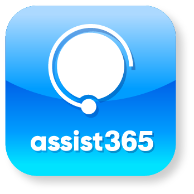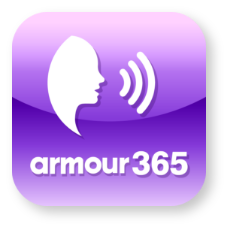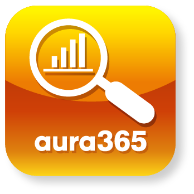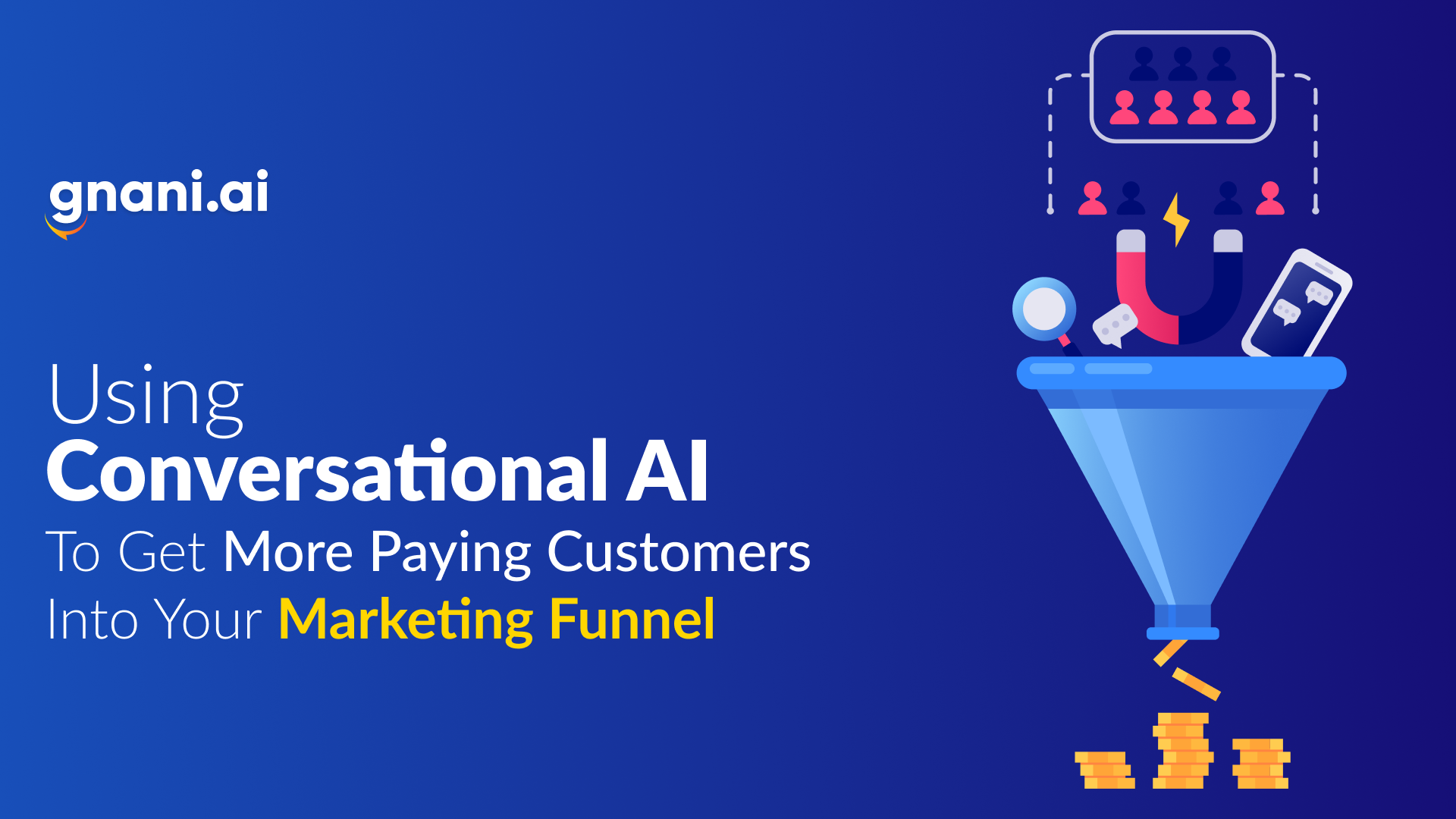The end goal of every marketing strategy is to convert the audience/visitor into a paying customer, though the time necessary to achieve that may vary according to the nature of the channel. Various AI technologies have been added to the marketing and sales conversion funnel at all stages to increase conversion rates.
The greatest benefit of AI and ML technologies is utilizing the data, processing it into meaningful information, and providing hyper-personalization to the user.
With different technologies applied to the appropriate steps of the conversion funnel, businesses can improve outcomes manifold, while controlling expenditure. An Infosys study showed 98% of respondent businesses generate more revenue by incorporating AI-based technologies.
Using conversational AI to increase conversion rate is the next frontier businesses have to explore to transform the way audiences are targeted. Voice bots and chatbots can engage potential customers in multiple stages of a conversion funnel and even in a post-sales scenario. This blog explores some direct benefits from the technology and how to use it to increase the conversion rate.
Overview Of A Conversion Funnel
The conversion funnel is a simple workflow illustrating the various stages of a buyer’s journey, from becoming aware of the product to paying for it. Some people go on to include even retargeting as a step lengthening the funnel.
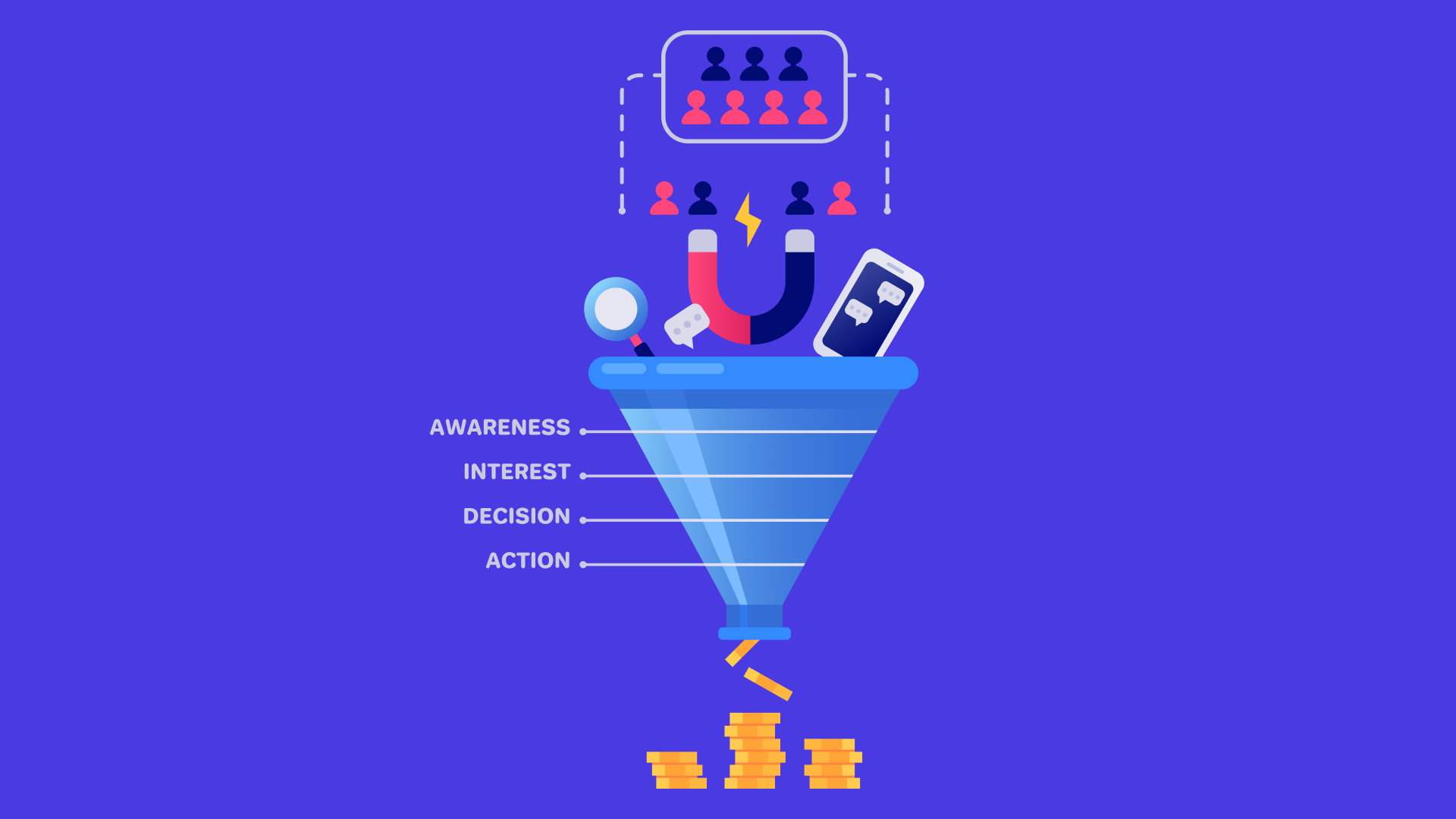
Top of the Funnel (TOFU) is the stage where users are looking for a solution to a problem/need and may not really be aware of the product. At this stage, the users are gathering information about different options; therefore, this stage is also called the awareness stage. This is the point when a brand should aim to reach users where they are likely to be found. This could be via organic search, social media, ads, etc.
Middle of the Funnel (MOFU) is the stage where users begin interacting with brands, seriously considering them and gaining more interest. Called the interest stage as well, users research the product more deeply and may even sign up for emails or create an account. This is the right time to showcase the value of a product to possible customers.
Bottom of the Funnel (BOFU) or the decision stage consists of users almost ready to buy the product. They have identified a product that fits their needs. The information provided now can nudge them to make an action (purchase) and exit the funnel. The kind of information they want may just be about favorable logistical arrangements to get the best deal.
How Conversational AI Powered Voice bots & Chatbots Increase Conversion Rate
Conversational AI is not necessarily helpful at the TOFU stage with totally unaware users, but it can be very effective in retargeting the existing customers. Brands are already using automated calls to alert customers about the new offerings.
However, using a chatbot or voice bot provides related product information to the users and also guides interested customers to buy the product. This could compress the funnel significantly, increasing the sales conversion rate.
There are certain industries that use cold calls as such a tactic. The drawback is that human agents get demotivated and tired of the same script, especially if the people getting the calls are annoyed. Voicebots can be a useful way to pre-qualify leads.
Timing a follow-up call to submitted leads is crucial for converting them to paying customers. Currently, voicebots are making dramatic transformations in this area of lead qualification. The first 5 minutes after lead submission is the time they’re most likely to purchase. Voicebots can also qualify more customers in a short time.
Product marketing voicebots and chatbots are good options to free up human agents to focus on challenging tasks. They can be trained to tailor recommendations based on user preferences and chat history. This is very helpful in automating the cross-selling process.
Conversational AI has its uses in conversion rate optimization. Gnani’s voicebots can be integrated into the support and major communication channels using an API or readymade integration options, giving 24/7 accessibility to users. This helps both pre & post sales.
Advantages of Adding AI Voicebot in Conversion Funnel
Voicebots are immensely scalable at a low cost as compared to building large human teams. They are multilingual, especially useful for international businesses. Lead qualification bots have brought a 75% reduction in operating costs with 3X faster reach. Being time-zone sensitive, voicebots can be deployed to reach global customers at their convenience. They help consolidate leads from numerous channels.
Conversational AI helps find valuable insights to improve products and the marketing funnel. It can understand the information about user sentiment, preferences, and other nuances that can also be used to refine customer service. Voicebots are easy to integrate with CRM platforms as well, optimizing the pipeline.
As the technology develops further, its interoperability and integration capabilities will make it invaluable. Enhancing the efficiency of the marketing funnel is necessary for a highly competitive market. Early adoption can put you ahead of the 56% of companies yet to implement it.
assist365TM is an AI-powered conversational virtual assistant that can be deployed in each stage of the conversion funnel. Because of the deep learning nature, assist365TM is multifaceted and helps you optimize the conversion funnel.
Are Chatbots Also Any Good at Increasing Website Conversion Rate?
Chatbots- another conversational AI powered virtual assistants increase website conversion across industries. Many customers find the conversational elements engaging and buyers value the ease at which the chatbots help them move forward on their journey.
Each chatbot conversion could mean some revenue, especially in B2B. Also, chatbot benefits aren’t limited to complete conversions. Every bot discussion taken place on a website strengthens the bond between customer and the company, and helps improve the overall customer experience.
Evaluation of Chatbot Conversion Rate
Three key data points that should be tracked while evaluating the conversion effectiveness of chatbots are:
- Chatbot triggers: How many times website visitors have come across the chatbot. It is the same way as impressions for ads. All impressions are not actual or real views, & the same applies to triggers.
- Bot conversations: How many times website visitors started a discussion with the chatbot. A conversation is recorded only after the user’s first interaction with the chatbot.
- Converted leads: How many people got converted into a lead after the discussion or how many people submitted their information or completed another defined action post discussion. The criteria for a lead may vary by chatbot use case. In a lot of cases, a conversion is recorded when a user gives their name, phone number, email address and company name.
Frequently Asked Questions
What is Conversational Conversion Optimization?
Conversational Conversion Optimization is the practice of optimizing automated conversations towards one or multiple desired outcomes such as, a higher rate of engagement through conversations, a higher rate of leads generated (email or phone no.) or any other type of data collected, a higher purchase rate or add-to-cart in eCommerce businesses or other objectives matched to a specific purpose of a chatbot or voice assistant.
What is an example of conversational marketing?
A typical example of conversational marketing is its use in lead generation through chatbots. They help in automating the process of lead generation and qualifying leads as they come in. The chatbot can be triggered when someone visits or revisits a specific page. Once customers message your chatbot, they are asked a series of questions. The primary task is to collect their contact details, such as an email address or a phone number.
Do Chatbots increase conversion?
Using a chatbot instead of a traditional landing page is an excellent way to improve conversion rates. Unlike the conventional landing pages, when welcomed with a chat, your prospects will be engaged with your business better. They naturally trust your brand better and are more likely to convert too.
What is chatbot conversion rate?
The average increase in conversion rate achieved using chatbots is somewhere between 10-100% depending on the industry. This increase in the overall website conversion rate is calculated on top of a 2% base conversion rate, which includes free company information conversions from traditional forms.


